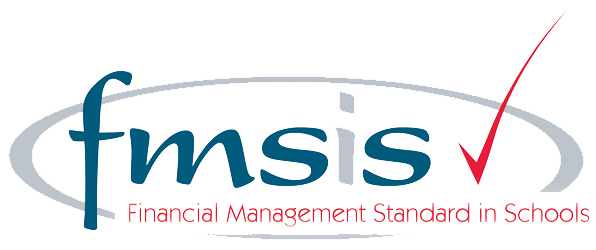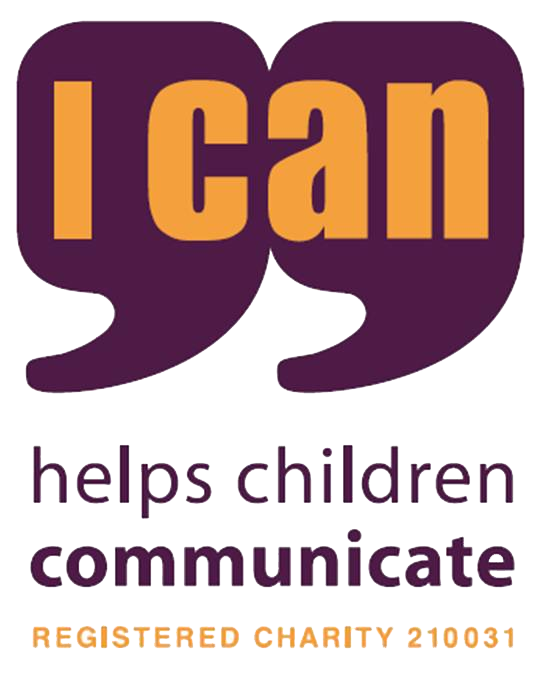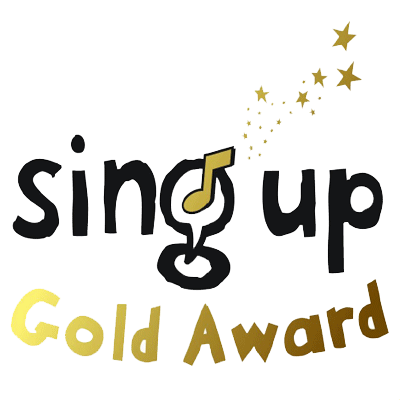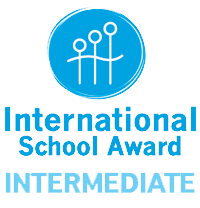Phonics
Phonics
We base our teaching of phonics on the Phonics Bug programme. Phonics Bug is a validated systematic synthetic phonics programme that teaches children the sounds made by letters and combinations of letters; within this programme, children are also taught the skills of blending sounds together in order to read words and segmenting sounds as they learn to spell. Phonics is taught through 6 phases:
- Phase 1 supports the development of spoken language.
- Phase 2-5 is a systematic approach to phonics teaching and word recognition skills
- Phase 6 focuses on word-specific spellings and the rules for spelling alternatives.
Phonics is taught as a discrete session every day in Nursery, Reception, Year 1 and Year 2. Those children, who did not achieve the Phonics Check in Year 1, are given additional support through interventions in Year 2.
Phonics is still taught to those children in Key Stage 2 who do not have a secure phonic knowledge. The application of taught phonics skills runs throughout the whole curriculum.
Phonic Knowledge and Skills Taught in each Phase
|
Phase |
Phonic Knowledge and Skills |
|---|---|
|
Phase One (Nursery/Reception) |
Activities are divided into seven aspects, including environmental sounds, instrumental sounds, body sounds, rhythm and rhyme, alliteration, voice sounds and finally oral blending and segmenting. |
|
Phase Two (Reception) up to 6 weeks |
Learning 19 letters of the alphabet and one sound for each. Blending sounds together to make words. Segmenting words into their separate sounds. Beginning to read simple captions. |
|
Phase Three (Reception) up to 12 weeks |
The remaining 7 letters of the alphabet, one sound for each. Graphemes such as ch, oo, th representing the remaining phonemes not covered by single letters. Reading captions, sentences and questions. On completion of this phase, children will have learnt the "simple code", i.e. one grapheme for each phoneme in the English language. |
|
Phase Four (Reception) 4 to 6 weeks |
No new grapheme-phoneme correspondences are taught in this phase. Children learn to blend and segment longer words with adjacent consonants, e.g. swim, clap, jump. |
|
Phase Five (Throughout Year 1) |
Now we move on to the "complex code". Children learn more graphemes for the phonemes which they already know, plus different ways of pronouncing the graphemes they already know. |
|
Phase Six (Throughout Year 2 and beyond) |
Working on spelling, including prefixes and suffixes, doubling and dropping letters etc. |
How can you help your child become a reader for life?
- Read to them
- Listen to them read
- Tell them stories in your home language
- Take them to your local library
- Give them quiet time to read at home
- Turn the television off and talk about what they are reading
- Ask them questions








